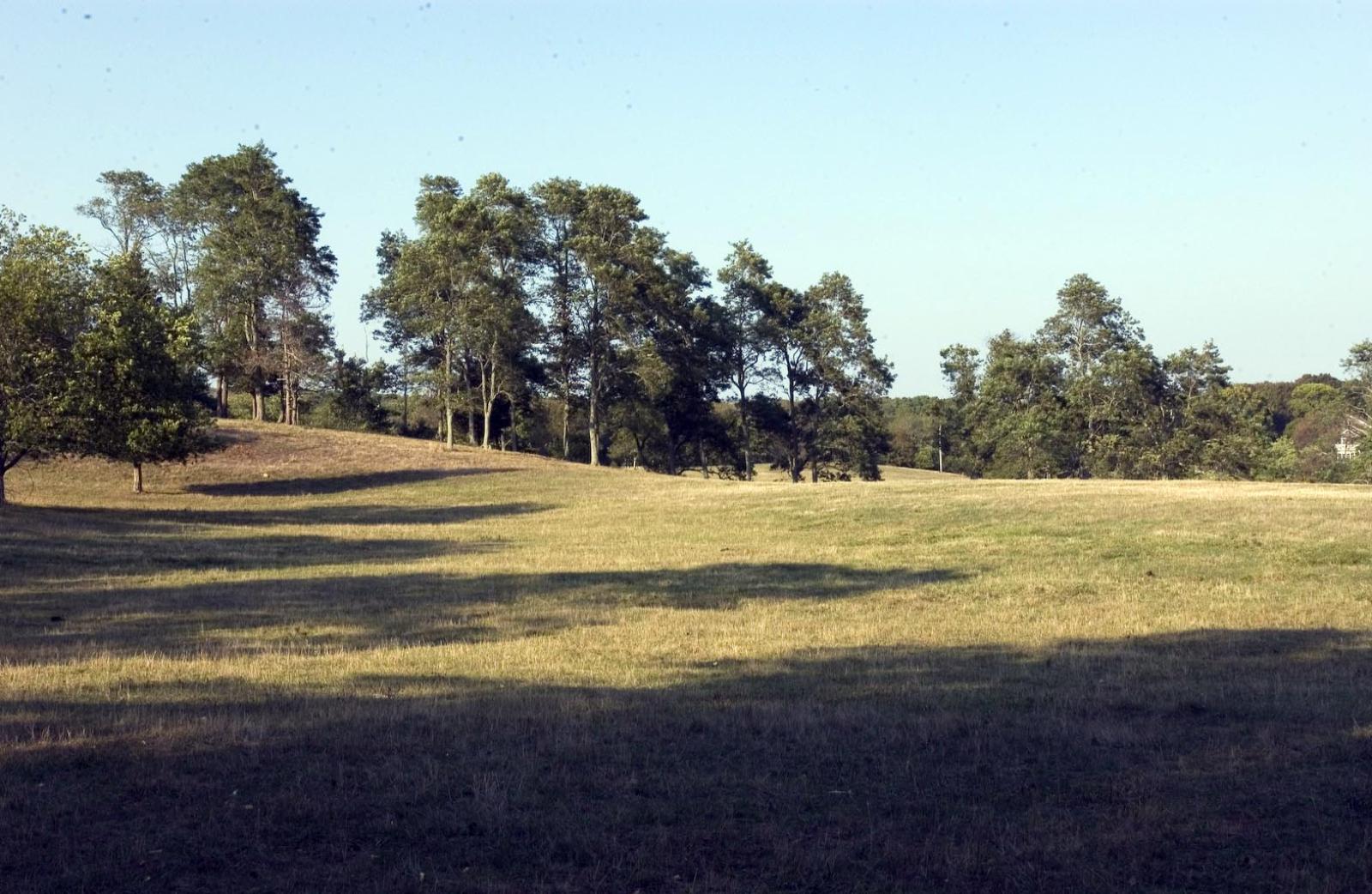In a clear sign of a cooling real estate market here, revenues at the Martha’s Vineyard Land Bank fell in 2007 for the second straight calendar year. The total number of real estate transactions also was down last year, for the third year in a row.
The land bank collected $10.9 million in revenues in 2007, compared with $11.6 million in 2006, a drop of seven per cent.
And the land bank recorded 1,403 real estate transactions in 2007, a drop of five per cent from the previous year, when 1,474 transactions were recorded.
The land bank collects a two per cent transfer fee on most real estate transactions, and its statistics are considered the most reliable barometer for tracking real estate trends.
The agency, which does accounting on both a calendar and fiscal year basis, closed the books on 2007 this week.
Land bank executive director James Lengyel said the declines were expected.
“Generally the land bank would call this a low magnitude decline — these are numbers that were anticipated and are not surprising. This is part of the ordinary cycle and it won’t be long before the other part of the cycle asserts itself, which is warmer,” Mr. Lengyel said.
Land bank records for the past 20 years show that real estate on the Vineyard follows roughly an eight-year pattern of ups and downs.
“We are in the middle of the cooler part of the four-year half of the eight-year trend,” Mr. Lengyel said.
The land bank, which monitors its cash flow assiduously and operates conservatively with low overhead and little bureaucracy, had projected a 15 per cent decline in revenues in 2007.
What is significant about the year-end numbers, Mr. Lengyel said, is that they mirror a trend from last year, when revenues also declined seven per cent and total transactions were down five per cent.
“For two years now things are moving in tandem, and that is a change,” he said.
Three years ago land bank revenues were up 13 per cent but total transactions were down eight per cent from the previous year, indicating a spike in the upper end of the market.
“What was happening then was a sub-market was operating independently of the major market. For two years now all the sub-markets are operating in accordance with the general market,” Mr. Lengyel said.
The real estate market is generally broken into thirds: upper, middle and lower.
“From 2004 to 2005 the upper end was standing out. If you went back further — from 2003 to 2004 the land bank saw a 36 per cent increase in revenues and that’s a pretty big spike,” Mr. Lengyel said.
Land bank revenues are used to buy public conservation land, including woodlands, beaches, farmland and public vistas.
The land bank, which is administered by an elected, unpaid commission, also buys conservation restrictions and development rights.
So what did the land bank buy with its $10.9 million in 2007?
It was a bread and butter year, so to speak.
The land bank conserved 43 acres around Old Courthouse Road in West Tisbury through a conservation restriction from Harriet Hickey, it bought five acres in the Katama section of Edgartown next to Norton Fields on Herring Creek Road to preserve an open farm field, and it increased its beachfront holdings in Aquinnah and at the Tisbury Great Pond, among other things.
The purchases brought the total land bank holdings on the Vineyard to 2,856 acres.
Mr. Lengyel said the 2007 pace — both for revenues and for land acquisition — fell nicely within the land bank’s traditionally low profile.
“Steady — we don’t put out a spotlight and we don’t get out a trumpet, we just want to be very steady,” he said.







Comments
Comment policy »